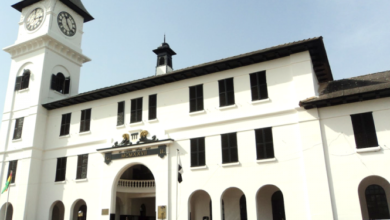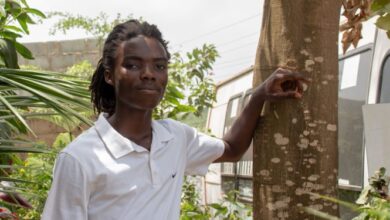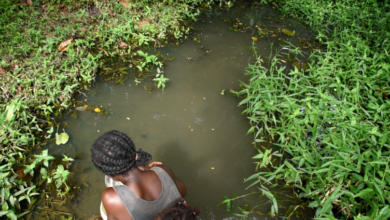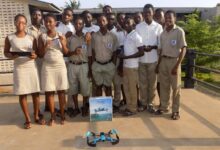
Ho West: Outbreak of pestilence in Avatime-Dzogbefeme andthe silence of health authorities
Avatime-Dzogbefeme and its surrounding areas have been grappling with the emergence of biting
midgets in recent years.
This phenomenon coincided with the transformation of grassland into forest vegetation, as the
community responded positively to the national campaign against bush burning, putting an end to
the annual practice.
Consequently, the grassland, which was previously prone to annual bushfires,
vanished, paving the way for the appearance of a severe plague.
Microscopic flies resembling specks of dust began to inflict serious bites on residents, primarily
during the mornings, late afternoons, and evenings. In cooler weather, these flies can bite
throughout the day.
Avatime-Dzogbefeme, a community within the Avatime Traditional Area in the Ho West District, is
home to approximately 3,000 inhabitants. It shares borders with Nyagbo and Tafi to the southwest,
and Saviefe to the south.
The famous Dzogbefeme Expedition Plateau, utilized by the Ghana Army for field training and
frequented by tourists, is now under threat from these bloodsucking insects.
The people of Avatime-Dzogbefeme are not only distressed by the itchiness and blisters caused by
the bites but also overwhelmed by the fear of unknown long-term health implications.
Speculations regarding potential vision impairment and other illnesses have created anxiety within
the community. Visitors, in particular, struggle to cope with the itchy bites, while schoolchildren face
significant challenges.
Some refuse to leave their bedrooms until the sun is up and the biting subsides. Productivity is
declining, as many activities can only be carried out in hot weather.
A heated debate surrounds the presence of an evergreen tree, which some claim is the source of
these vicious insects.
Advocates for eradication argue that these particular trees, now favored by goats and sheep, should
be completely destroyed, with a ban imposed on their use for fencing.
However, others argue that concrete evidence is required before attributing blame to these trees.
Proponents of a scientific approach are calling upon the University of Health and Allied Sciences
(UHAS) in Ho to take the lead in uncovering the source of the infestation and finding effective
control measures.
They also appeal to the Volta Regional Health Directorate through the Ho-West District Chief
Executive, urging them to address the issue promptly by assisting residents in spraying their
surroundings while long-term solutions are sought.
This spreading plague is not limited to Avatime-Dzogbefeme alone but is encroaching upon
neighboring communities. Unfortunately, consistent action from the Ministry of Health to intervene
has been lacking.
The Avatime Traditional Area, including Amedzofe and its southwestern neighbor Tafi-Atome, are
popular tourist destinations. Failure to control this menace may lead to revenue losses for the HoWest and Afadzato South Districts.






